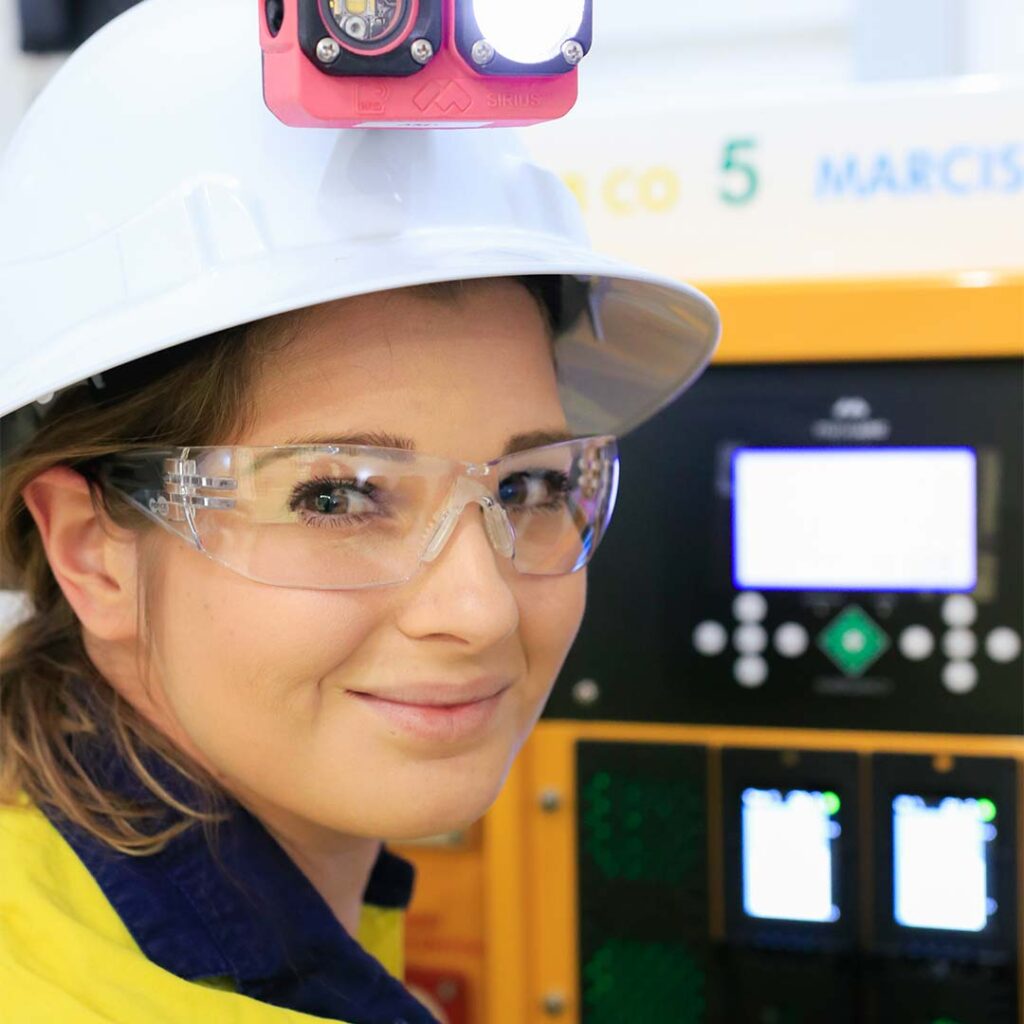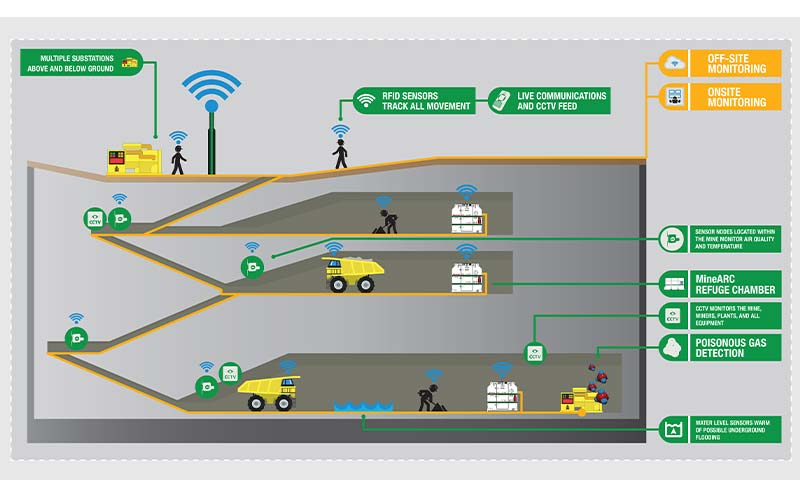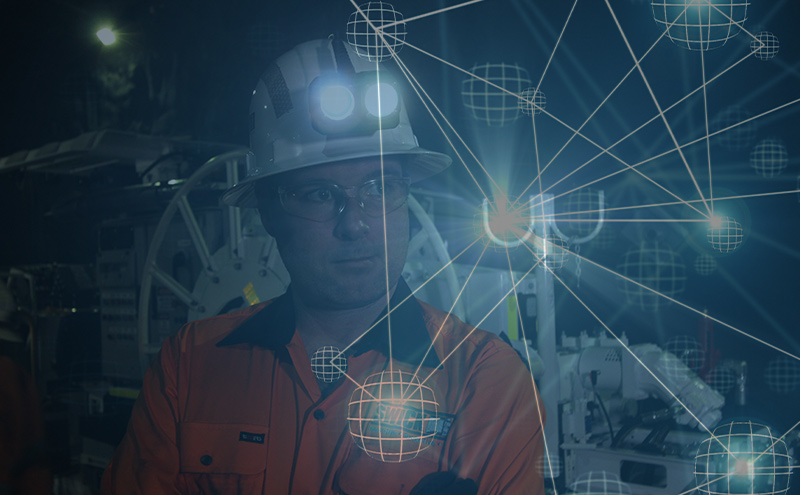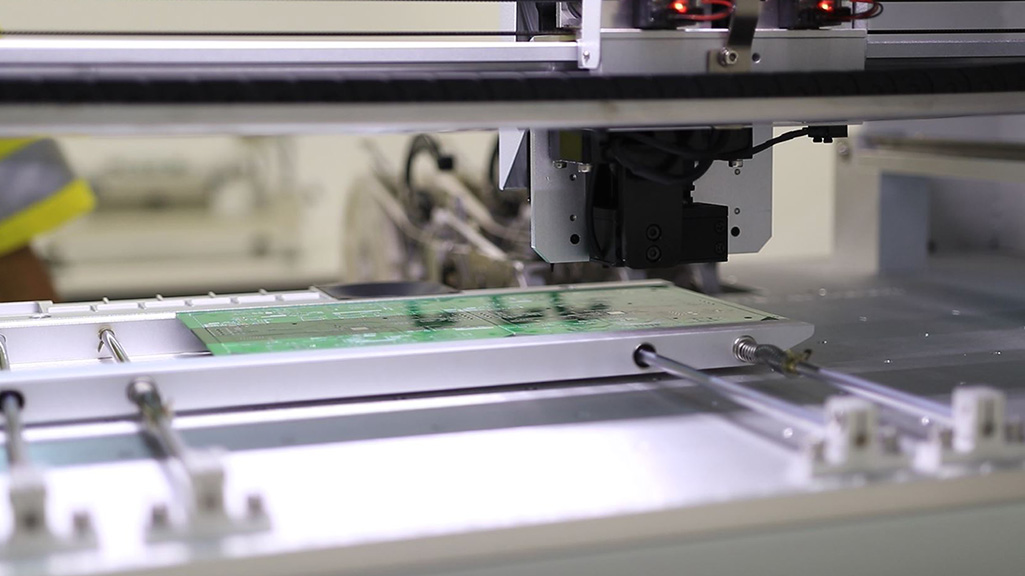Delving Deeper into the Future of Safety in Mining. The adoption of technology into mines is still in a state of flux. We read about driverless vehicles, proximity detection, and tracking; these revolutions are just the first phase.
So, how will mining safety change as the industry dives into its technology-fueled future? While we cannot predict where we will be in the long-term future, let’s look at how it may have an impact.
The Future of Mining Safety is Personal
Safety will be pre-emptive and personalised. As the changing workforce embraces new technology, mining safety must adapt. Technology presents an opportunity to manage protection unique to the individual.
The adoption of IoT into Personal Protective Equipment (PPE) improves an individual’s health and safety prospects. Personalised plans can be developed based on individuals own metrics and health. Data can be used to reduce common occupational dangers such as stress, fatigue and environmental risks. Connecting PPE and wearable technology to a broader network allows for better vital signs monitoring, hygiene, and emergency response. Similar to tracking using Bluetooth and RFID, a person’s status can be assessed and reviewed through systems that monitor their health and well-being via biometric technology, as well as their surrounding environmental conditions.

Developments in technology can now pre-empt health concerns. Wearable technology is becoming smarter and more advanced, with the potential ability to identify unknown health risks. There will become a continued reliance on PPE to adapt and evolve to the changing surrounds of the mine, such as rising temperature, gas levels and dust particulate exposure. This need becomes more pressing as we continue to dig deeper.
Figure 1: PPE is already able to track personnel through wearable technology such as cap lamps
Improve Efficiency through Data Transfer
Data in mining will continue to be more powerful. The fifth-generation (5G) wireless technology is being rolled out to consumers now, and the integration underground will dramatically increase the flow of information. These wireless networks will collate and send data from thousands of connected devices and machines; each requires distinct speed, bandwidth, and power consumption at zero latency.
The level of analysis and insights available will allow for more efficient operations. Developments in machine-to-machine interactions across localised networks will reduce risks and the build-up of hazards. There is a vast ability for real-time comprehension and actions. You could even go as far as to say that it could provide an alert before an incident occurs.
Adaptable networks will drive the growth of technology underground. Digitally prevalent mines have closed wireless 4G networks across their site. Flexible, robust networks must adapt to the ever-changing landscape as more sites embrace technology, the more our reliance on these systems for communications and information increases.

Access More Resources
New Technology in Emergency Response
Technology will ensure faster, better response to emergencies based on more accurate, real-time data accessibility. Immediate alerts mean there is more time for personnel to get to safety or shut down a hazard.
Smart devices and communication systems will better equip personnel in an emergency, with access to on-demand training, interactions with Emergency Response Teams (ERTs) and control rooms, and the ability to record observations. For example, advanced PPE can tell emergency teams an individual’s location, vital signs and condition from a distant location.
Technology to Reduce Human Error
The rise of robotics and automation will reduce the risk of human error in emergencies. Physically demanding and dangerous tasks are becoming safer through the use of intelligent machines. Computers can be adapted to take on more manual work in regards to safety. CSIRO have developed Syropods; legged, highly flexible hexapod robots with the potential to navigate complex environments like rock strata, and confined spaces. Within a refuge chamber, for example, monitoring and controlling breathable air can be automated to relieve stress and reliance on personnel during an emergency. Robotics will also change the behaviour of ERTs, as machines can enter into areas considered unsafe for personnel.
Technology to Have Life-Saving Impact on Mining Safety
Safety’s most significant impact will come through reducing the loss of life. In its current state, mining is one of the most hazardous industries in the world. The sector has an above-average work-related fatality rate; even in Australia, where we are considered a global leader of safe work practices. Adopting technology will remove risk, not only by checking the environmental conditions of a mine and performance of equipment, but also the wellbeing and movements of personnel.
There is no doubt that technology is rapidly changing the face of mining. The more new technology is accepted, the more accessible these systems will become. Shifts in supply and availability will lower cost barriers for smaller, emerging sites. As a result, safety improves across the industry.
As we continue to embrace technologies in a changing workforce, safety and mining professionals need to consider the risks and consequences and the benefits. How technology and safety integrate now will determine the path for the future.






